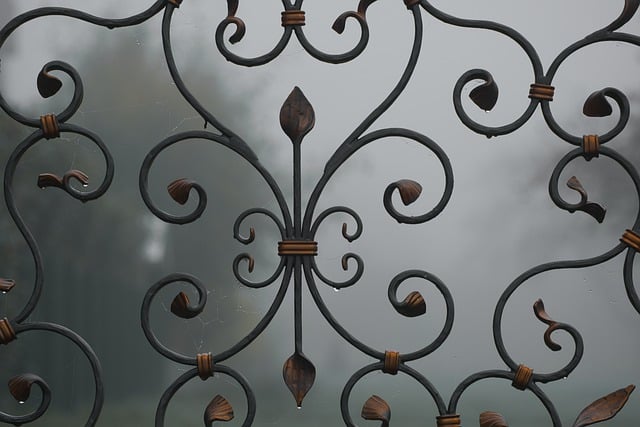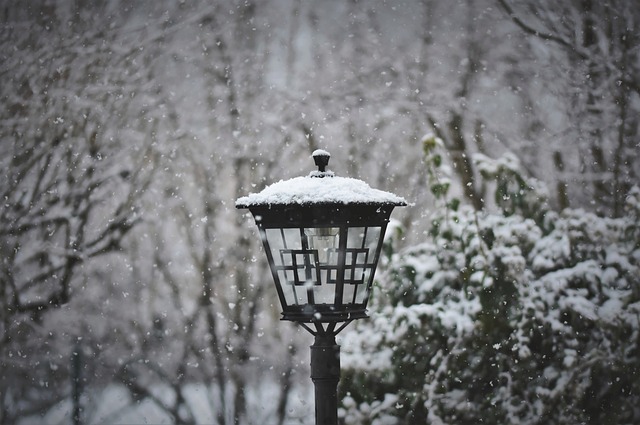Every homeowner is aware of the constant fight to keep energy efficiency high and monthly costs low. Sealing the gaps in your windows and doors is the best way to keep the HVAC system off. This hopefully keeps the monthly bills low and the toll on the environment at its lowest. A small, but mighty invention known as weather stripping can play a huge part in keeping every room of the home free from holes to the outside.
1. Sealing Around Doors
The doors in your home are portals to the outside, but they are also one of the biggest culprits for ruining the efficiency of your home. Older houses are receiving a double whammy because the better sealing technology wasn’t necessarily available at the time the home was originally put together. If someone hasn’t invested in updating all of the doors, or at least the most used doors, then weather strip is your next best option. Your local hardware store can offer different thicknesses and lengths of weather strip material. It usually comes with a self-adhesive, so installation is as simple as pulling off the sticker protector and quickly placing the new weather strip along the edge where it is needed. If an old strip exists, remove it with a scraper and get the surface as clean as possible before installing the new strip.
2. Sealing Around Windows
Windows, much like doors, offer a way outside and they, too, can be a huge problem when trying to keep air from leaking around the window. Old seals might need to be removed and updated. Today’s weather strip material is much more pliable, easier to install and will hopefully make a noticeable improvement on the monthly electricity and heating bills.
3. Used for Friction and Sealing
In many situations, not just in homes, doors or hatches in a vehicle might require some friction from a pliable, rubbery material to help form a weather-proof seal. Cars have weather seals on their doors and windows and they are prone to wear over the years. Weather stripping might also prove to be an inexpensive fix for outside doors on the home, such as on garages and sheds. The frames of these doors are prone to shifting from hot and cold temperature changes and humidity changes, so using an extra rubber seal might be a solution to keeping more friction under or around the door to form a better seal.
















+ There are no comments
Add yours